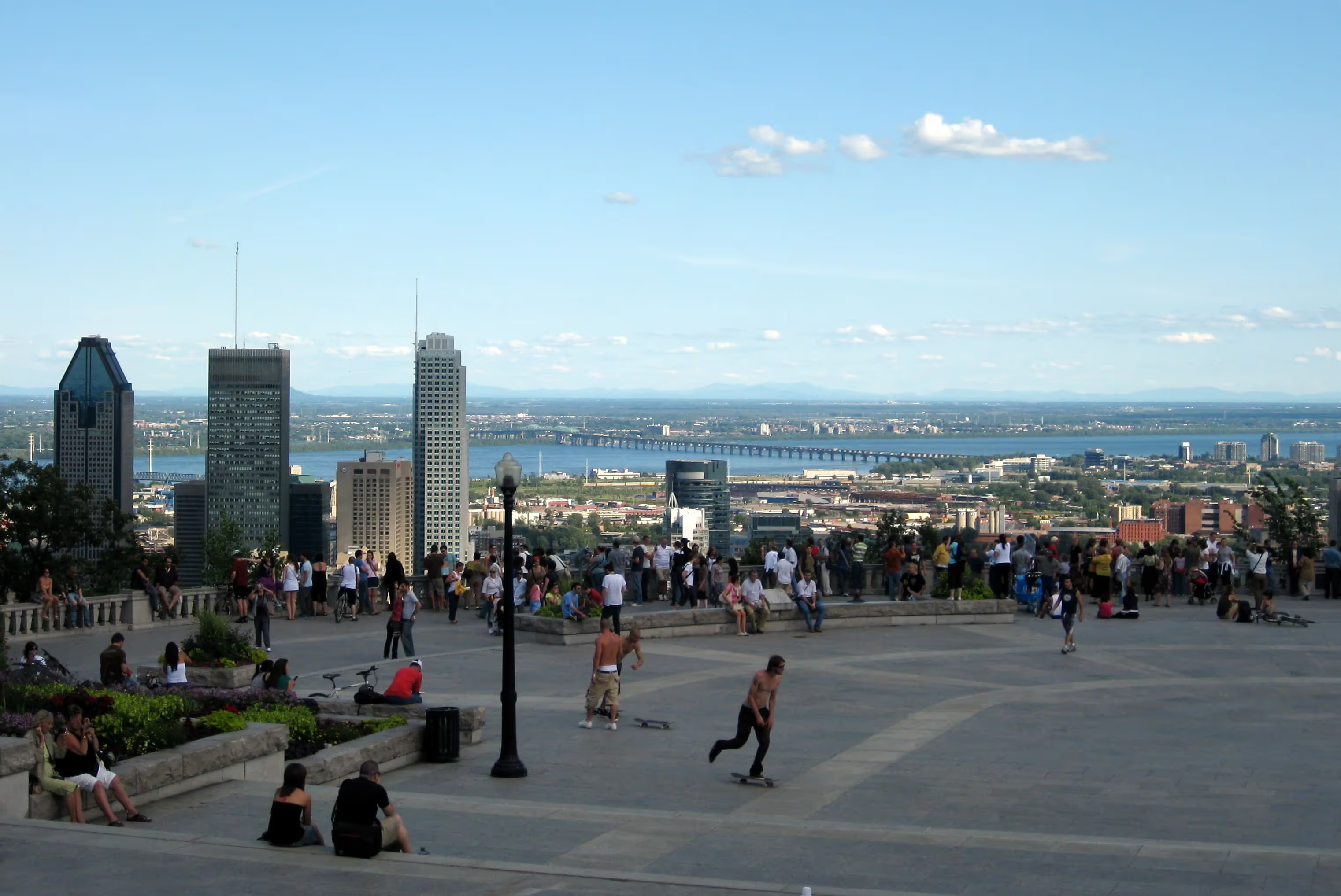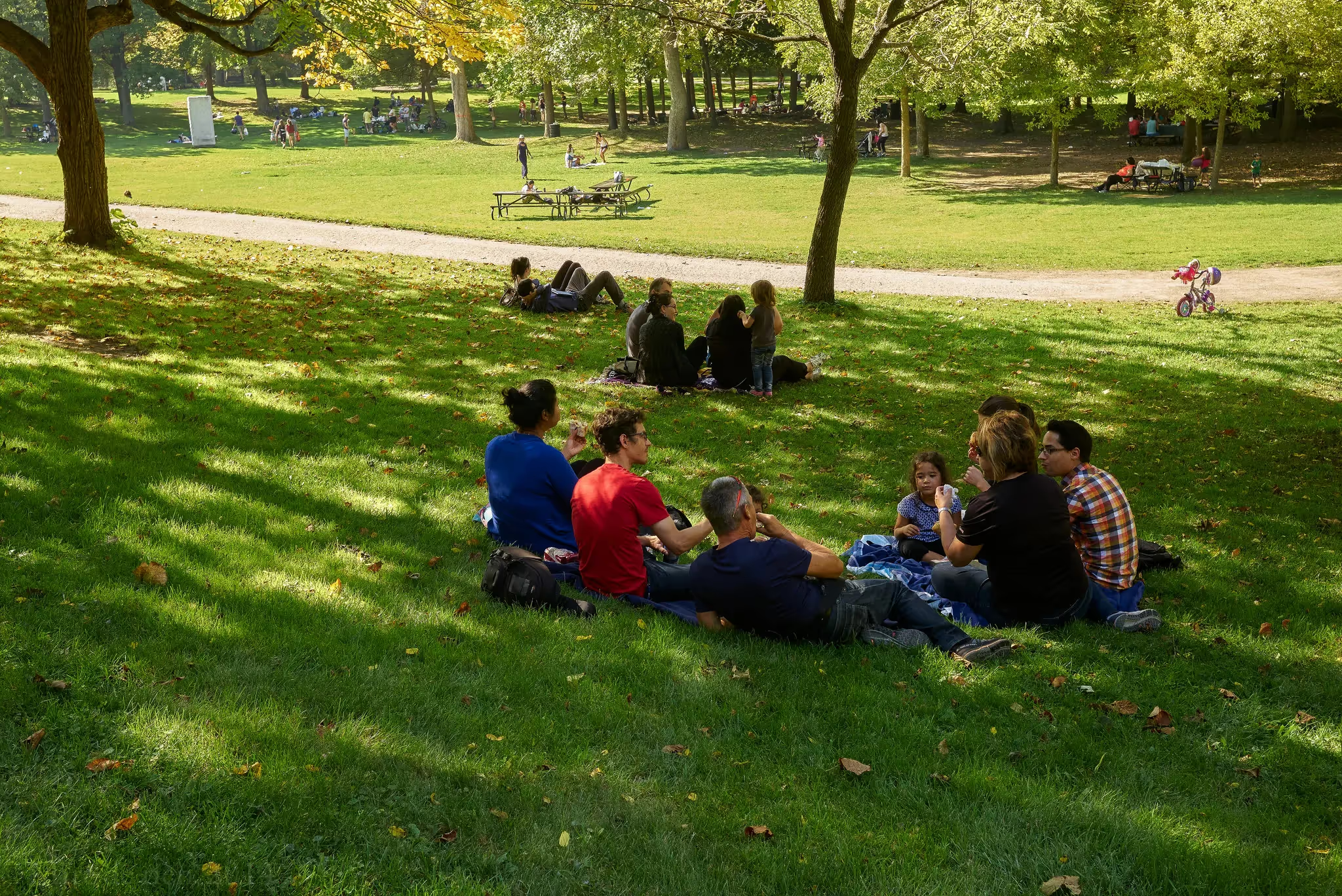A biweekly newsletter with public space news, resources, and opportunities.
A curated dispatch on all things public markets plus the latest announcements from the Market Cities Program.
Please note that these Hall of Shame nominations were written in a moment in time (most over a decade ago) and likely have since changed or even been transformed. If the above entry is now great, or still not so great, go ahead and comment below on how it has evolved or nominate it as a great place.


Though it is located on the city’s most elevated point, Parc du Mont-Royal’s central location makes it easily accessible. From 1885 to 1918, a funicular railroad brought people up to site. Today, there are a number of pedestrian trails and connections to the city’s public transportation system that provide convenient access to the park. The forested trails that lead up to the park are also popular sites for hiking and mountain biking in the summer and the hilly topography is considered the best spot in the city for cross-country skiing and tobogganing during winter months. Likewise, Beaver Lake is actively used throughout the year, for boating in the summer and ice skating in the winter. Parc du Mont-Royal is both a hub for recreation and a spot for relaxation. Frederick Law Olmstead’s landscaping design includes a number of open lawns that are used for lounging and picnicking. The park’s biggest draw for locals and visitors are the several lookout points that allow for locals and visitors to get a great view of the city from above.
The 200 hectares of land on Mont-Royal that fall in the boundary of Montréal Island were designated protected park land in 1876, after many of its trees had been aggressively harvested for firewood throughout the 1860s, leaving the land noticeably sparse. Once it was decided that this land would be a park, the City of Montréal commissioned Frederick Law Olmstead to landscape it. Olmstead created an ambitious plan for the site that included a grand promenade all the way around the site and reservoir at the mountain’s peak. As outlined his design, the park’s landscape would emphasize the mountain’s height by gradually decreasing the density of vegetation, giving the illusion of exaggerated height. Olmstead’s lofty designs were abandoned, however, in the mid-1870s as Montréal entered a period of economic depression.
Though Olmstead’s design was never fully implemented, some elements were eventually constructed. The first element of the original plan to be constructed was a scaled-down version of the grand promenade: a hastily and cheaply constructed carriageway. Though it was not as grand as the original plan for a reservoir, a recreational lake was constructed in the park in 1938. Regardless of the deviations from Olmstead’s vision for the sight, Parc du Mont-Royal is one of the most popular parks in the city and was declared a National Heritage site in 1987.


*Please note that these Hall of Shame nominations were written in a moment in time (most over a decade ago) and likely have since changed or even been transformed. If the above entry is now great, or still not so great, go ahead and comment below on how it has evolved or nominate it as a great place.